I sometimes feel like that during my time as a manager, that I have learnt as much, if not more, from being my teams manager as I have taught them. One of the most lasting examples of this is something that we developed across the team. That is, how to visualise your work load using Mind Maps. We found that by creating a visual representation of our workload it:
- Made it easier to understand and plan our work
- Reduced stress and cognitive load
- Prevented burnout
- Captured our successes
I was prompted to write this after reading David Williams recent post, How to juggle. If you aren’t already familiar with David and his blog, it’s definitely worth checking out.

The need to plan
The origin of our visual plans came about from team members that felt stretched. They felt they were struggling with the conflicts between their work in a product driven team and their contributions to the broader Quality Engineering team.
Creating lists helped, but quickly but quickly became messy blocks of text when detail was added. Keeping separated lists made this easier to digest, but then the big picture was missing.

Using Mind Maps to visualise our workload
To help us be able to see the big picture without it becoming an overwhelming mass of text, we use mind maps. For our mind maps our initial branches are focussed on the different streams of work we want to be contributing too. These streams can be anything. Often we had one stream for their product driven teams current quarter objectives, a stream for general learning, and then other streams for the broader Quality team work they wanted to contribute too. Streams were all specific to the individual, so for those in my team involved in broader business initiatives such as DE&I, Women’s Impact Network, etc, they would have a stream for those too.
Below is a made up example of what a mind map would look like
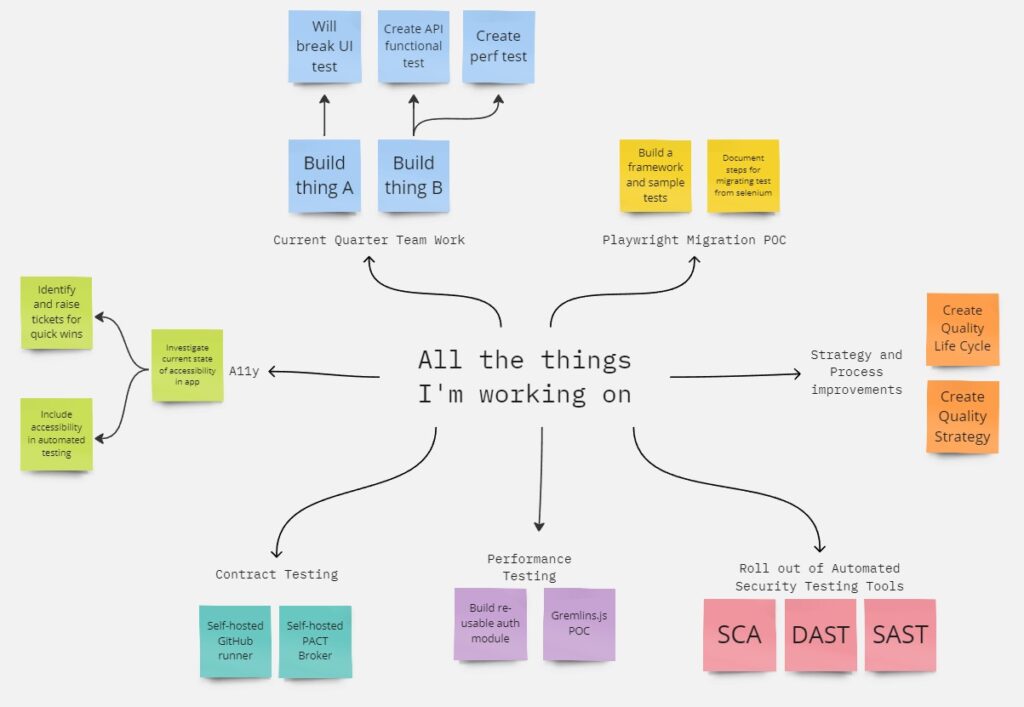
This tends to be how they start. Ideally though you will review it regularly and add detail to it over time. Here are some examples from real people that shows how they grow – note they are blurred because they contained real info that I can’t share.
Done
In this first one you can see the use of “Done” labels. These were a great addition that helped demonstrate progress and what was outstanding.
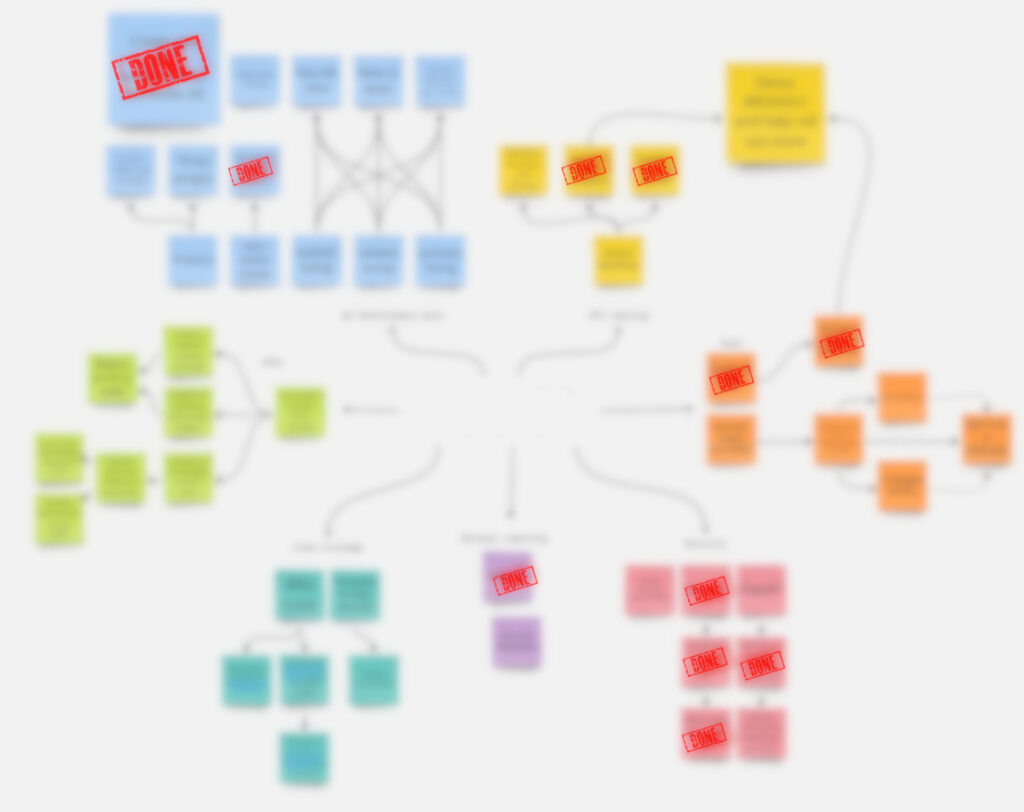
Once a complete section of work was done, these are often moved into other areas of the document, or separate documents. This allows you to easily keep track of your successes over a longer period. Really useful for mid/end of year reviews!
Priorities
In this second example, this person chose to use a symbol to show priorities. I loved this as it added another layer to what they were showing. They had a lot of different things they wanted to be working on, but could focus on the things that were priority when needed.
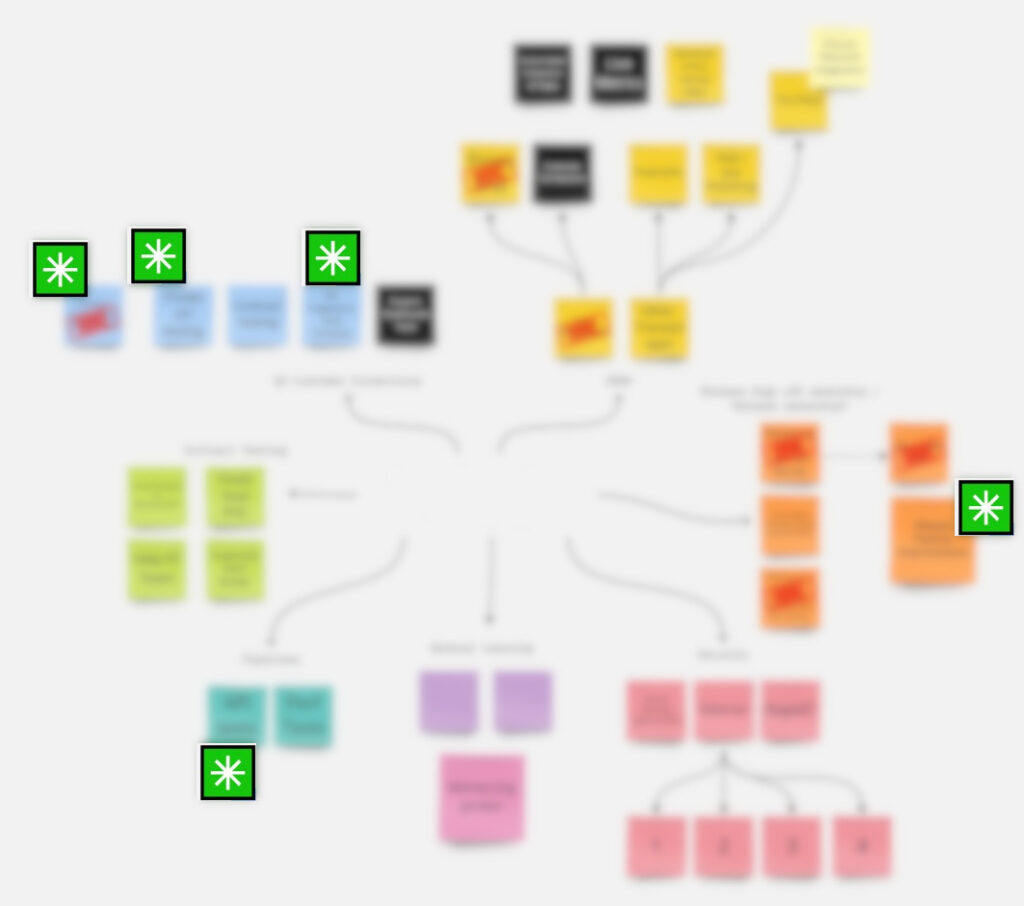
Too much!
I want to share this final example of someone who was dealing with a LOT! Some might say too much. However, this is a great example of how powerful mind maps can be.
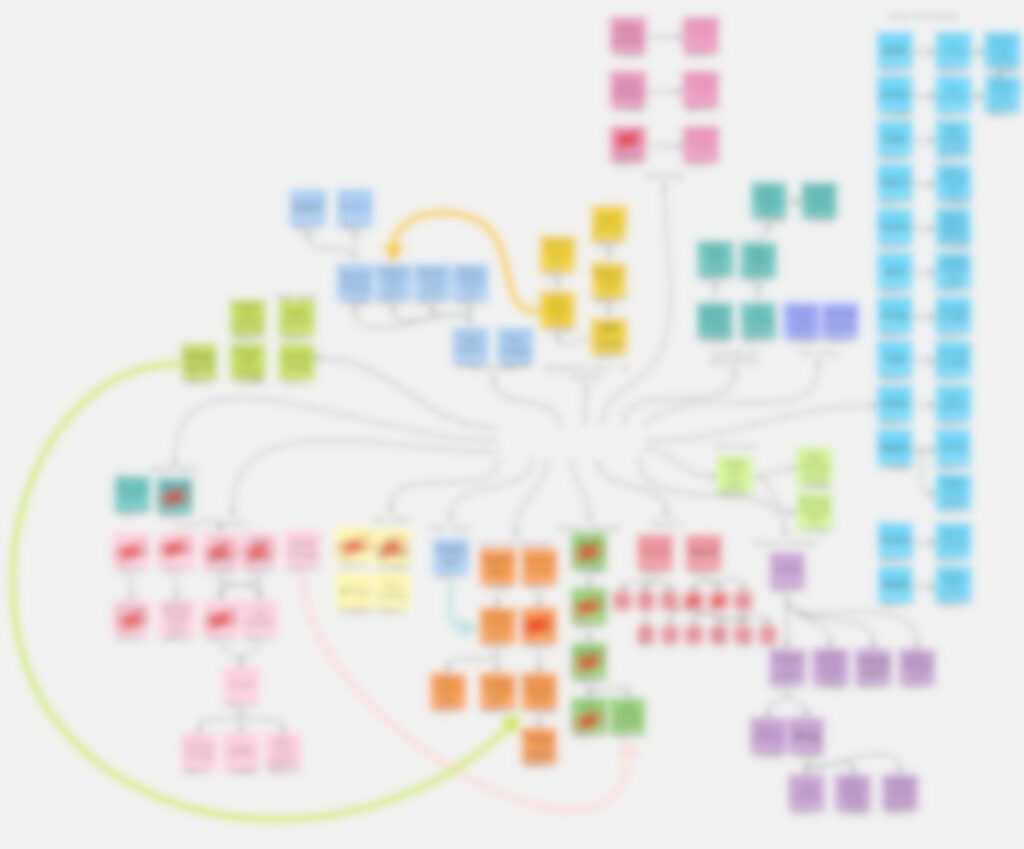
This person was not only successfully managing this high workload, but doing so effectively. They were also able to manage expectations of people dependant on their work and communicate status to stakeholders effectively around everything that was going on . Ultimately they did work to reduce the amount of things they were working on, because this level of work was unsustainable. However, the mind map was key to helping them balance this heavy workload. They also still use the same process today.
Using Mind Maps Effectively with your Team
When managing someone who is using a mind map, I make sure that we review it together on a regular cadence. This would normally be every other one to one. I find this always results in a nice cadence. Those who have more regular one to ones appreciate the more regular review. People who have opted for less frequent one to ones don’t feel micromanaged.
Reviewing it is never be about keeping tabs on what they are doing. Instead it is about helping them to balance their workload. It gives you a way to get them to talk in detail about their work. In turn this provides opportunity for feedback and recommendations. My favourite part, you can capture their recent achievements and help them celebrate them!
What do my direct reports think?
While writing this post I decided to reach out to a number of people who I used to line manage who used mind maps. I deliberately focussed on people I no longer line manager as I wanted to know if they were still using them and still found them useful. If so, how they were finding it now? Did they still review it regularly with their current manager or doing it solo? If they weren’t using them anymore, why not? Was it an active decision to not do it? Had they forgotten about because they didn’t have a regular reminder? Something else? I’ve captured some of their feedback below.
I’d forgotten about it. Now that you mentioned it, I wish I had used it more
I still use it. It’s really useful to help me focus on the most important tasks but not forget other things that I’d like to do but are less time-sensitive.
Find it particularly useful at times where there are lots of disparate long running threads of projects. It allows me to feel a sense of achievement as I tick things off and also helps control cognitive load.
I have updated it a little since for my own personal reference but I might try and use it more and maybe have that at the centre of 1:1’s again
Summary
Using them with your direct reports can be a really effective way to work together. It helps your reports to understand and describe their workload in a way that is easy for both parties understand. It also gives a manager a much easier way to talk to their team about what they are working on without anyone having to keep lists.
Whether you are using them with your team, or going solo and doing this for yourself. The key to thing to remember is for it to be effective, mind mapping needs consistency. You don’t need to look at a mind map every day, but be sure to set a regular cadence where you review it, update it, and plan.
Oh, and don’t do this.
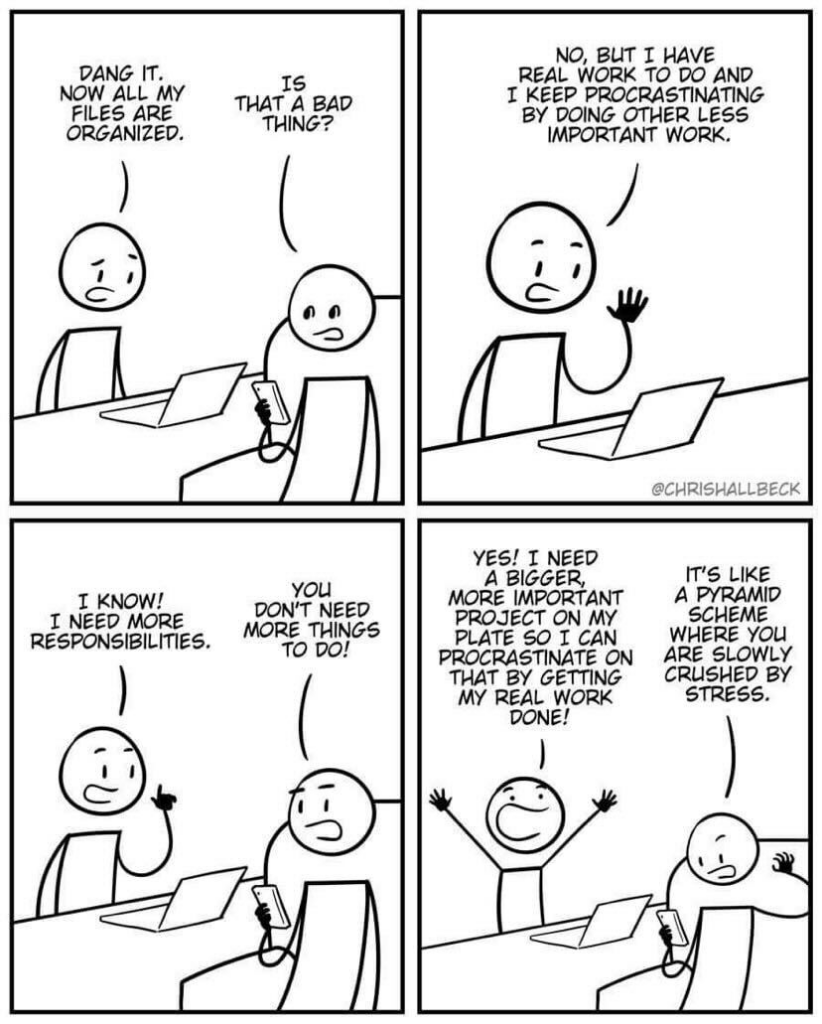
Further reading
If you enjoyed this post then you may also enjoy more of my Engineering Leadership posts.
Also don’t forget to check out David Williams blog over at thetestingmuse.uk
Subscribe to The Quality Duck
Did you know you can now subscribe to The Quality Duck? Never miss a post but getting them delivered direct to your mailbox whenever I create a new post. Don’t worry, you won’t get flooded with emails, I post at most once a week.


Leave a Reply